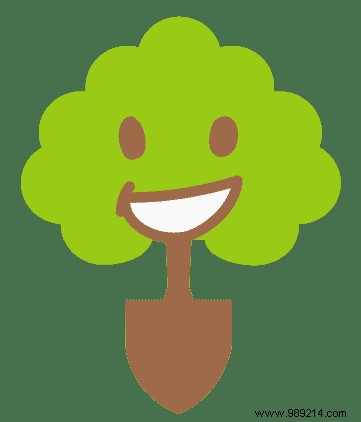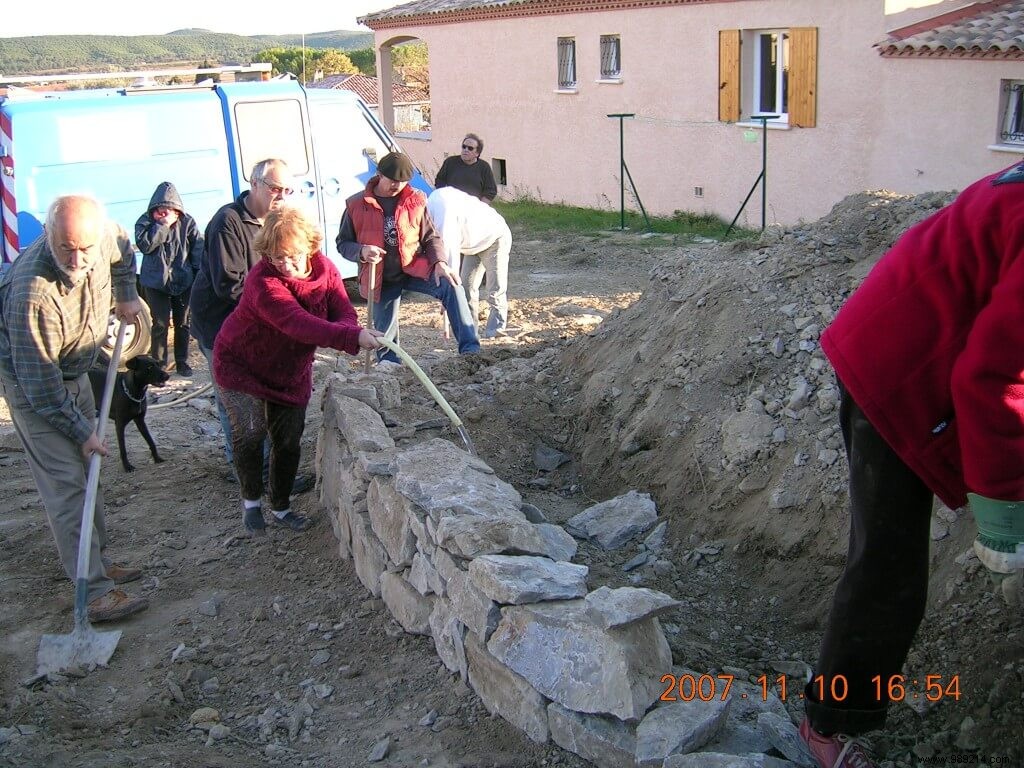It's spring and the garden tips are blooming on the web. And that's good! Whether written, or spoken in the workshop, or on video, garden advice should be considered as learning moments.
There is learning when there is an increase in knowledge. The learner starts from a certain level and must arrive at a higher level.
But information is not training. It is not because I say so that the learner has assimilated these new data. It would be too simple. In general, learners always retain a little something, but should we be content with that?
Whether learning how to prune the rosebush, planting cabbage or making compost, the process is the same. There is a progression to follow in the course of the training.

The tree of knowledge, garden tips
Without a lens, we navigate by sight. The trainer must be clear in the statement of his objective in order to follow it!
Example:being able to prune a rosebush
This objective is debatable. What is it like to know how to prune a rosebush? What type of rose? To do what ? Is it a training pruning for climbing roses, a flowering pruning for non-remontant roses?
You have to be more specific in your objective so that learners and trainer are on the same wavelength. Nothing prevents you from having several objectives in the same gardening workshop. But let's not mix everything.
Once the objective has been stated, let's see the rest of the process
If you speak technically, make sure you are understood! Not everyone can follow you on the apical flowering of Hydrangea macrophilla… But the reverse also exists. If your audience is made up of enlightened enthusiasts, overly simplistic language can be boring. So how? By testing, by measuring everyone's knowledge in a few minutes in order to use the appropriate words, and then give the basic explanations to people who do not have the prerequisites to follow you.
Think that a speech of a level too high can put off some people.
How to assess the level of learners? By asking very simple questions, for example for the flowering pruning of the ever-growing shrub rose:“Do you know that there are several kinds of pruning? Who can explain what going up means?…”
These questions also have the advantage of actively involving the audience and “recognizing” the people who answer.
The disadvantage of the video tutorial is not being able to measure the “already acquired” of the learners and therefore to start on a hypothesis. How many tutorials start from too high a level, or use words whose meaning is not known. These are only followed by insiders…Too bad.
You have measured learner knowledge. My audience is heterogeneous, what do I do?
With a heterogeneous audience, you have to compose. The trainer starts from level 1, the lowest, ensures that he is heard as he progresses. It relies on the achievements of others to help the less knowledgeable. This is useful for group cohesion.
Now let's see the learning progress.

The Jardiniers de France members of the local club of St Hippolyte du Fort, in full effort in their learning.
In the practical courses, progression through trial is essential on condition that error is accepted. If I am not mistaken, it is because I already know and therefore there can be no learning. The error is salutary, and indispensable. Everyone must be aware of it, the trainer must say it, explain it and apply it. It's a game. I try, it works, I try again and there, I'm wrong. I am looking for how to get there with or without help. I finally get there; I succeeded. I increased my knowledge, so I learned.
The practical workshop is successful, if the trainer has followed his progress and the learners have increased their knowledge.
And if everyone is happy for the day…
Find the training I provide.